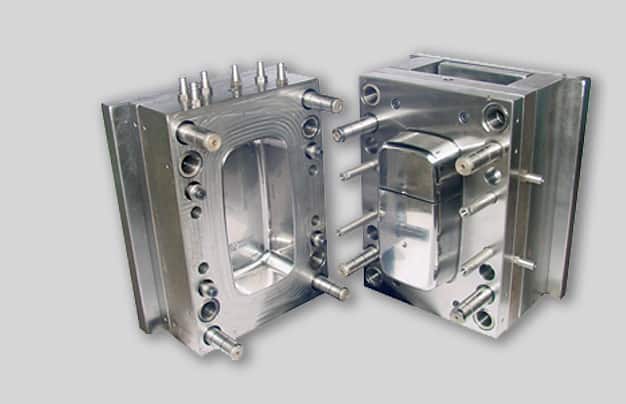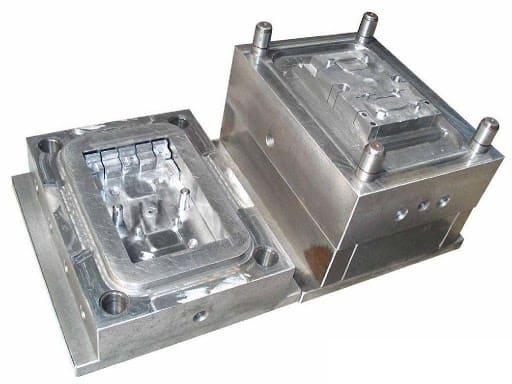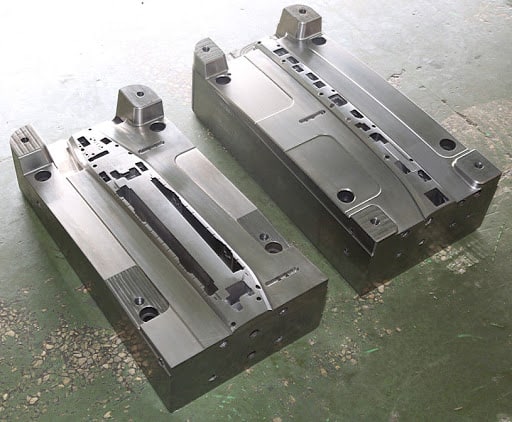Heat treatment is the premise and foundation of a good mold. If your mold heat treatment is not good, you can produce a perfect mold product. Here we will present some common FAQs about heat treatment of injection mold for you to understand mold heat treatment more deeply.

Question Answered For Heat Treatment Of Injection Mould
What Method Is Used To Check The Effect Of Heat Treatment?
Simply check the surface hardness. Accurate inspection: Check the depth of the hardened layer, the hardness of the core, the grade of the quenched metallographic structure and the grade of the quenched and tempered metallographic structure. Critical hardness value of hardened layer depth is minimum value of hardened hardness x0.8.
What Are The Functions Of Injection Mould Material Cryogenic Treatment?
Cryogenic treatment is the continuation of the cooling process of the workpiece after quenching. Its application in the die industry is mainly reflected in the cold working die steel, high-speed steel and bearing steel. There are cases of cryogenic technology application in the cold working die and Die accessories. Deep cooling will change some related mechanical properties. Its main functions are as follows: improve the hardness and strength of the workpiece, ensure the dimensional accuracy of the workpiece, improve the wear resistance of the workpiece, improve the impact toughness of the workpiece, improve the internal stress distribution of the workpiece, improve the fatigue strength and improve the corrosion resistance of the workpiece.
What Are The Uses Of Heat Treatment In Plastic Injection Mold Making?
Role of heat treatment in mold manufacturing:
– Increase hardness and wear resistance, thus improving its life.
– The strength is strengthened and the deformation is reduced to ensure the accuracy and precision stability of the mold.
What Does Overheat Mean In Heat Treatment?
If exceed the specified heating temperature, the grain will grow up and various mechanical properties will deteriorate, such as increased brittleness, decreased toughness, easy deformation and cracking, etc. The overheat can be avoided by controlling the heating temperature. The steel cannot be remedied by heat treatment or machining after overburning.

What Are The Causes of Quenching Cracks In Mould Products And How To Prevent That?
Causes:
1) There is a serious network carbide segregation in injection mould material.
2) There are machining or cold plastic deformation stress in the mold.
3) Improper operation of mold heat treatment (too fast heating or cooling, improper selection of quenching medium, too low cooling temperature, too long cooling time, etc.).
4) Due to the complex shape, uneven thickness, sharp angle and threaded hole of the mold, the thermal stress and structural stress are too large.
5) Overheating or Overburning of the mould due to too high quenching temperature.
6) The tempering is not timely or the holding time is not enough after quenching.
7) When the die is repaired and quenched, it is reheated and quenched without intermediate annealing.
8) Mold heat treatment, grinding process is improper.
Precautions:
1)Strictly control the internal quality of mold raw materials.
2) The forging and spheroidizing annealing processes were improved to eliminate the network, band and chain like carbides and improve the homogeneity of spheroidizing structure.
3) After machining or cold plastic deformation, the mould shall be stress relief annealed (> 600 ℃) and then heated and quenched.
4) For the injection mould with complex shape, asbestos should be used to block the threaded hole, wrap the dangerous section and the thin wall, and grade or isothermal quenching should be used.
5) Annealing or high temperature tempering is required when repairing or renovating the mould.
6) Preheating should be adopted when the die is heated and cooled, and proper quenching medium should be selected.
7) The quenching temperature and time should be strictly controlled to prevent overheating and Overburning of the mould.
8) The mould shall be tempered in time after quenching, and the holding time shall be sufficient. The complex mould with high alloy shall be tempered 2-3 times.
9) Choose the right grinding technology and the right grinding wheel.
10) The EDM technology of die is improved and stress relief tempering is carried out.
How To Use Heat Treatment In Injection Mold Manufacturing?
The function of heat treatment in mold manufacturing: to improve the hardness and wear resistance, so as to improve its life; to strengthen the strength, reduce the deformation, and ensure the accuracy and stability of the mold.
How To Heat Treat C Steel To Make The Cold Mold?
– 980~1200℃ quenching
– Oil quenching (machine oil)
– Tempering at 400℃ for one time
– Tempering at 240℃ for one time
– HRC57~61

What Are The Causes Of Cr12MoV Cracking In Heat Treatment?
1) Whether the cooling medium cools too fast (do not use salt water, water agent, etc.)
2) Before quenching, the fire may not be back, resulting in excessive internal stress
3) Poor material metallurgy (non-metallic inclusions, banded structure, eutectic carbide)
4) When quenching, the furnace temperature rises too fast
5) Not tempered in time
What Causes Injection Mold Useless?
Most are caused by fracture, wear and deformation. The main reasons are improper heat treatment and poor mold processing. Therefore, the reasonable selection of materials, the correct formulation of heat treatment process and the improvement of heat treatment quality play a key role in prolonging the service life of the mold. Heat treatment in injection mould includes pre heat treatment and final heat treatment. The final purpose of heat treatment is to make the mould products have good surface quality and reasonable coordination of strength, plasticity and toughness.
